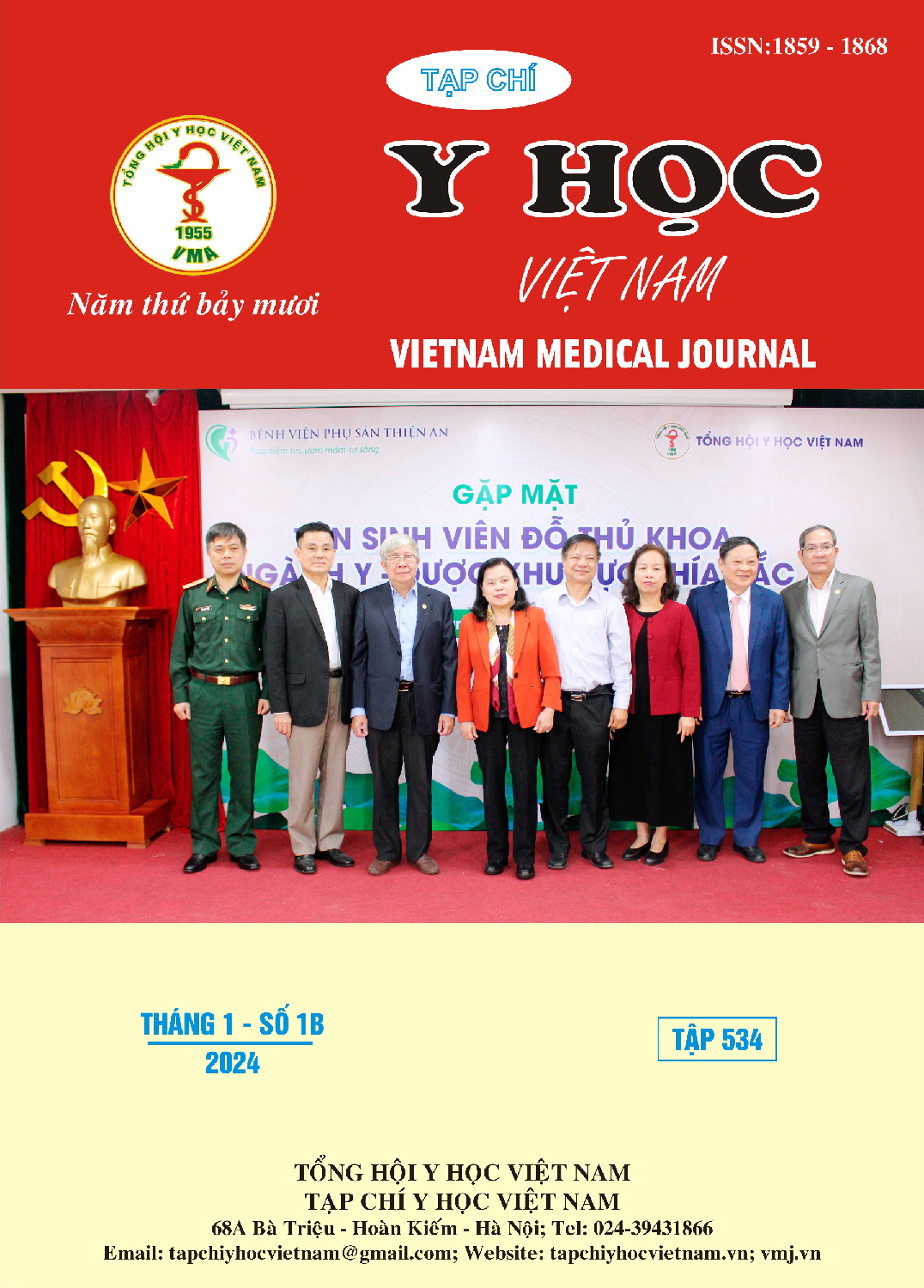CURRENT SITUATION OF SOIL-TRANSMITTED HELMINTH INFECTIONS AMONG GRADES 4 AND 5 STUDENTS AT 13 PRIMARY SCHOOLS, XAY DISTRICT, UDOMXAY PROVINCE, LAOS IN 2022
Main Article Content
Abstract
Soil-transmitted helminth infections poses a significant public health concern, especially among children in various countries worldwide, including Laos. Objective: In 2022, a cross-sectional study was conducted to assess the prevalence of soil-transmitted helminth infections among students in grades 4 and 5 at 13 primary schools in Xay District, Udomxay Province, Laos, in 2022. Methods: This study encompassed the collection and Kato-Katz analysis of 363 stool samples from students across 13 schools in the Bankhat and Namgan communes of Xay District. Results: The overall infection rate of soil-transmitted helminths among primary school students at the study site was 63.9%, which A. lumbricoides (roundworm) infection accounted for the highest rate at 53.7%, followed by T. trichiura (whipworm) at 27.0% and hookworm at 20.4%. The mono-infection rate was 34.4% and the multiple infection rate was 29.5%. Classification by level of severity revealed that the infection rates for roundworm, whipworm, and hookworm/maw at a moderate level were 49.2%, 52.0%, and 33.8%, respectively. Meanwhile, the rates of severe infection were 27.7% for roundworm, 9.2% for whipworm, and 21.6% for hookworm. Conclusion: the infection rate was high, thus it is important to maintain regular deworming activities every six months as recommended by the Laos Ministry of Health and carrying out health education and communication innitiatives aimed at students. These efforts are crucial in mitigating soil-transmitted helminth infections not only in the Xay District, but also in other districts within Udomxay Province.
Article Details
References
2. Phonekeo S, Kounnavong S, Vonglokham Mea. Intestinal helminth infections and associated risk factors among adults in the Lao People’s Democratic Republic. Infect Dis Poverty. 2023; 12(61).
3. Chard AN, Baker KK, Tsai K et al. Associations between soil-transmitted helminthiasis and viral, bacterial, and protozoal enteroinfections: a cross-sectional study in rural Laos. Parasites Vectors. 2019;12:216.
4. Cục Y tế dự phòng - Bộ Y Tế Lào (DHDL - MHL). Báo cáo chuyên đề tình hình nhiễm bệnh giun đường ruột của người dân Lào giai đoạn 2010 - 2020. Viengchan: Bộ Y Tế Lào 2021.
5. Cục thống kê tỉnh Udonxay. Báo cáo tình hình dịch bệnh và thiên tai giai đoạn 2016 - 2020 và dự báo giai đoạn 2021 - 2025. Phienglong, Udomxay, Cục thống kê tỉnh Udonxay; 2021.
6. Ouansisouk Kingmany. Kiến thức và thực hành phòng chống bệnh GTQĐ của người chăm sóc chính tại nhà cho học sinh hai trường tiểu học của thành phố Kaysone Phomvihane, Lào 2020. Hà Nội: Trường Đại học Y tế công cộng; 2020.
7. World Health Organization: WHO. Soil-transmitted helminth infections. World Health Organization: WHO; 2023 [Available from: https://www.who.int/news-room/fact-sheets/detail/soil-transmitted-helminth-infections.
8. Lê Vân Anh. Thực trạng nhiễm giun truyền qua đất và một số yếu tố liên quan của học sinh tiểu học tỉnh Quảng Ninh, năm 2018. Hà Nội: Trường Đại học Y tế công cộng; 2018.
9. Phạm Ngọc Duấn, Phạm Ngọc Minh. Kiến thức - thực hành và một số yếu tố liên quan đến thực trạng nhiễm giun truyền qua đất ở học sinh tiểu học Tỉnh Hưng Yên. Tạp chí Nghiên cứu Y học. 2018;114(5):66-77.
10. Phongluxa K, Xayaseng V, Vonghachack Y et al. Helminth infection in southern Laos: high prevalence and low awareness. Parasites Vectors 2013;6(328).


